Endangered Plants
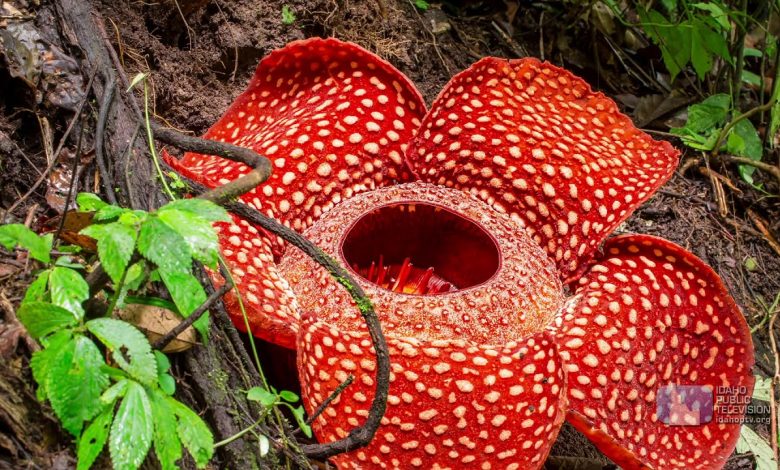
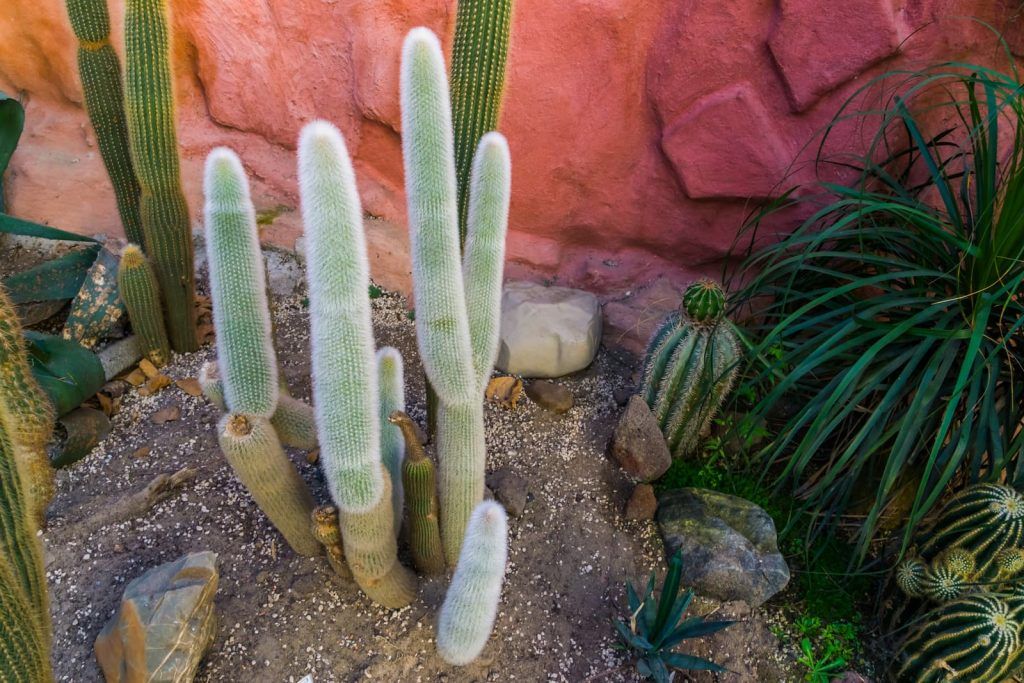
There are many factors that have placed animal and plant species around the world on a tightrope.
Pollution, climate change, forest fires and the destruction of ecosystems for urban development are counted as 4 of the main causes.
Plants in danger of extinction are defined by the UCINN, based on the small number of specimens that exist in the wild.
Do you want to know what they are and learn how to take care of them to keep them alive at home or in your personal garden? Let’s see them.
dracaena graco
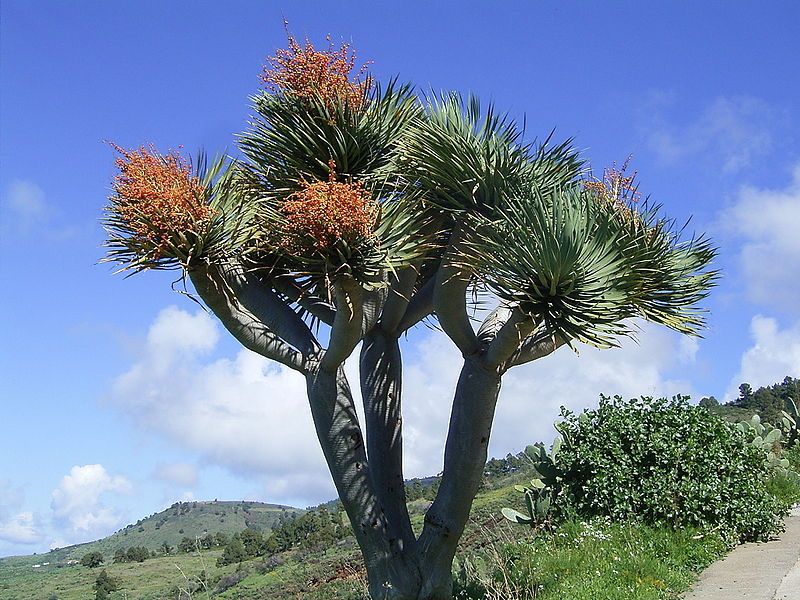
- Scientific name: Dracaena Draco.
- Common name: Drago de Canarias, Draco, Drago.
- Height: reaches a maximum of 12 meters in ideal growing conditions.
- Light requirement: high, it is a plant that is usually planted outdoors although it can tolerate light indoors.
- Temperature: tolerates up to -3° C with light frosts. It does better in hot climates.
- Irrigation: in moderation because it is intolerant to waterlogging.
- Subscription: it is not essential.
This is a plant that is in the category of «Endangered» for several reasons, the main one being that it inhabits very little territory in Spain.
For this reason, it is currently a protected species by the Canary Islands government, for which its commercialization and any other activity that threatens its subsistence is prohibited.
It is a robust, very ornamental plant that is usually placed outdoors as an isolated specimen because it represents, in itself, a great environment with its blue-green leaves.
Chamomile from Sierra Nevada
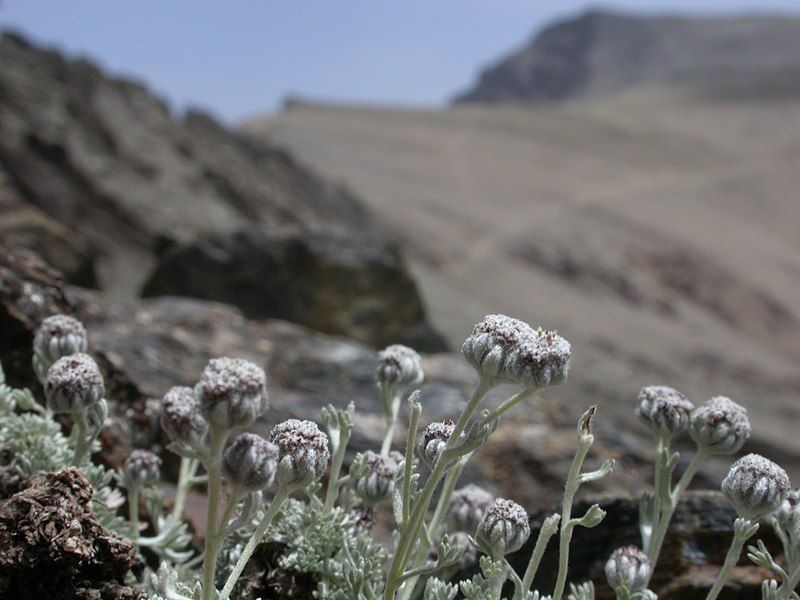
- Scientific name: Artemisia granatensis.
- Common name: Sierra Nevada chamomile, royal chamomile, Granada mugwort, Granada chamomile, Granada mugwort.
- Height: it is a small plant with a maximum height of 20 centimeters.
- Light requirement: in full sunlight, depending on the conditions of your place of life.
- Temperature: it is a plant that likes cold climates.
- Irrigation: not necessary.
- Fertilizer: it does not need it, its natural environment is usually rich in nutrients.
Sierra Nevada chamomile is a borderline plant with an unfortunate “Critically Endangered” label.Planting it in other conditions is very complicated because its natural situation places it above 2000 meters above sea level.
The main causes that have led to this situation are due to its high consumption for medicinal purposes, for which it is estimated that there are currently only 2,000 copies.
african baobab
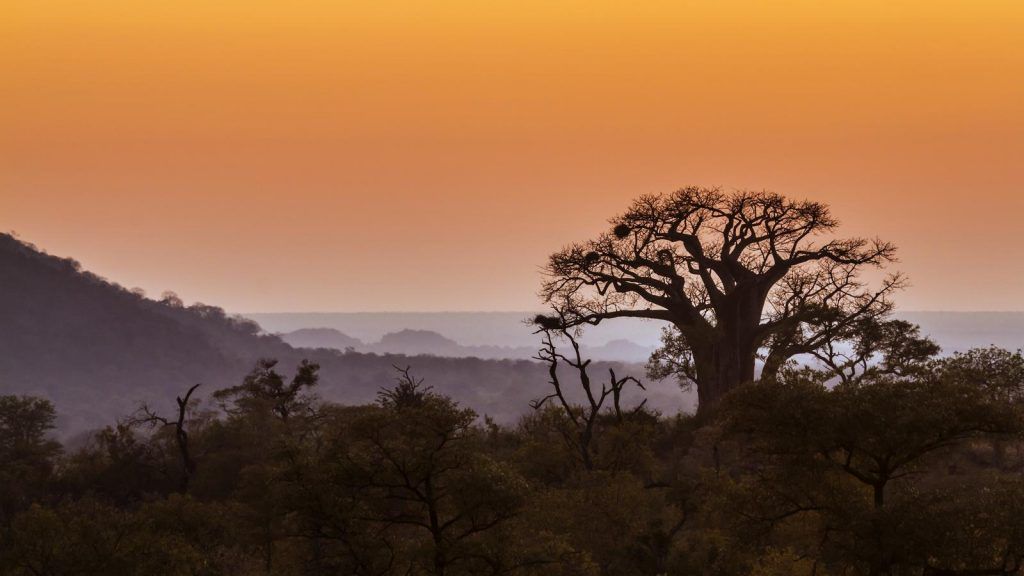
- Scientific name: Adansonia Digitata L.
- Common name: African baobab tree, monkey bread tree, bottle tree.
- Height: in its natural habitat it can reach more than 20 meters.
- Light requirement: high, it grows outdoors in spaces with a lot of natural light.
- Temperature: lives in spaces with high temperatures that are almost always above 24 ° C.
- Irrigation: little, just to keep it hydrated. It tends to lose its leaves in times of drought.
- Payment: not required. In fact, it is important that the substrate is low in phosphates so that it can be healthy and grow well.
The African baobab has very specific planting conditions to be cultivated in gardens, so it is not common as an outdoor plant.
However, it can be worked as a bonsai, achieving similar characteristics to the natural ones, but in its miniature version.
It is a very long-lived plant that can live for 4 millennia even. Currently, its habitat is being lost, especially due to the temperature changes that the planet is suffering.
Araucaria araucana
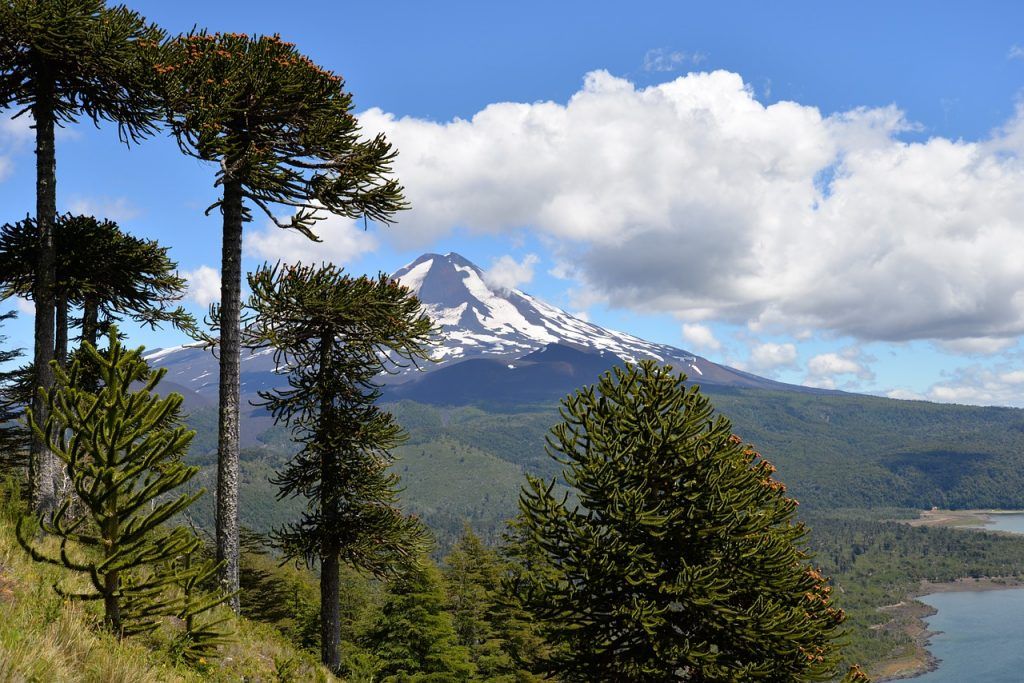
- Scientific name: Araucaria Araucana.
- Common name: araucaria, pehuén, pewén, araucaria pine, Araucanian pine, arms pine, Patagonian pine, Chilean araucaria, Chilean pine , Neuquén araucaria, macaque tail.
- Height: depending on where it is planted, it can vary from 20 to 30 meters in height.
- Light requirement: high, requires exposure to direct sunlight.
- Temperature: he likes cold climates and is more inclined to cold (even with frost) than to heat.
- Irrigation: regular, without flooding because it does not tolerate it.
- Fertilizer: organic matter during the growth phase.
The araucaria is a species of tree plant that is distributed in the union territory between Chile and Argentina.
Its current conservation status is denoted with the label «Endangered» which has led both governments to establish measures for its protection. In fact, in Chile it is considered a natural monument.
The main situations that have placed it in this terrible situation are fires and logging.
silene of ifach
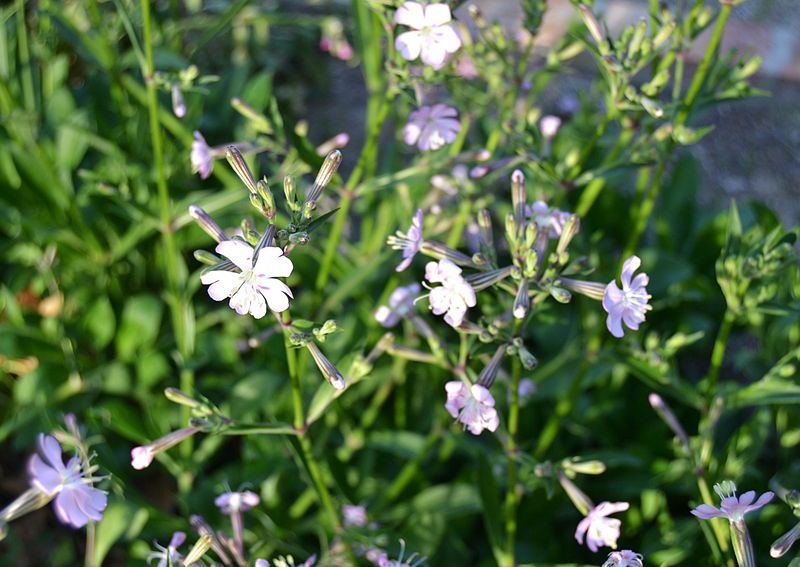
- Scientific name: Silene hifacensis Rouy ex Willk.
- Common name: silene de ifach, silene del peñón de ifach.
- Height: height varies from 20 to 50 centimeters.
- Light requirement: medium to high.
- Temperature: Mediterranean climate, its basic place of life is in Ibiza.
- Irrigation: regular with more in summer and less in winter.
- Fertilizer: in good quality substrates it does not need it. If required, use special fertilizer for flowering plants.
This plant with a flower typical of the Alicante region is in danger of extinction due to the low number of wild specimens that exist.
Due to this alarm, the government has decided to create protection and promotion plans to increase the number of plants that currently live.
With these efforts, progress has been made in recent times and it is expected that in the near future the plant will be in a position to be excluded from this list.
Amorphophallus Titanum
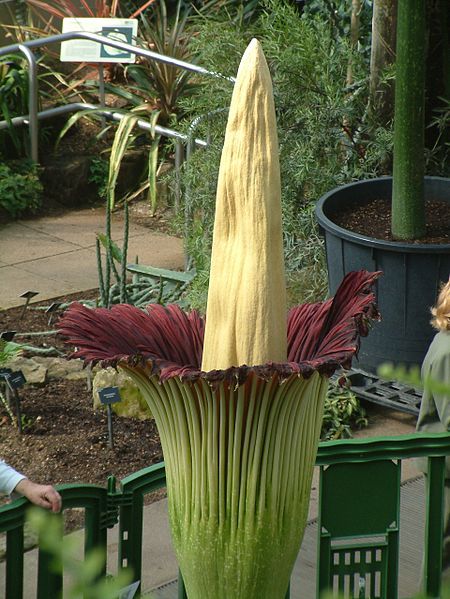
- Scientific name: Amorphophallys Titanum.
- Common name: bunga bangkai, giant hoop.
- Height: it reaches two and a half meters, approximately, although it is possible that there are specimens of more than 3 meters.
- Light requirement: medium to high because it grows in the tropical forests of Indonesia.
- Temperature: variable, maintaining a preference for the range of 22 to 26° C.
- Irrigation: get enough during the rainy season.
- Subscription: you do not need it.
This is a plant that is cataloged under the «Endangered» label and has a very small number of specimens in the wild.
It has some very peculiar characteristics, such as its flower, which is huge, but has a nauseating smell, like rotten meat.
This condition is used to attract certain pollinating insects that help carry out the necessary process for the multiplication of the species.
Nepenthes Attenboroughii
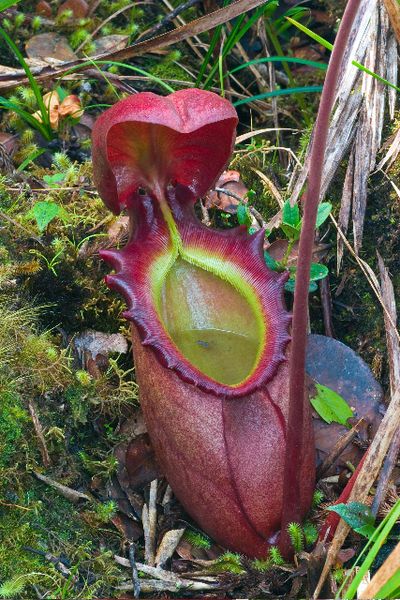
- Scientific name: Nepenthes attenboroughii.
- Common name: Nepenthes attenboroughii.
- Height: It can measure between 1 meter and 3 meters high.
- Light requirement: medium. It lives in spaces where it is commonly surpassed in height by trees.
- Temperature: it lives in warm climates and with the presence of rains on a regular basis.
- Irrigation: it does not need it in its natural habitat.
- Fertilizer: you don’t need it.
This is the first of the endangered plants that we present that has the condition of being carnivorous.
It is currently classified as a species «Critically endangered» basically because it is distributed in a very limited geographical area, thus reducing its possibilities of expansion.
The most striking feature of the plant is its urn, which is permanently filled with a viscous liquid where some insects live.
Dioneia flytrap
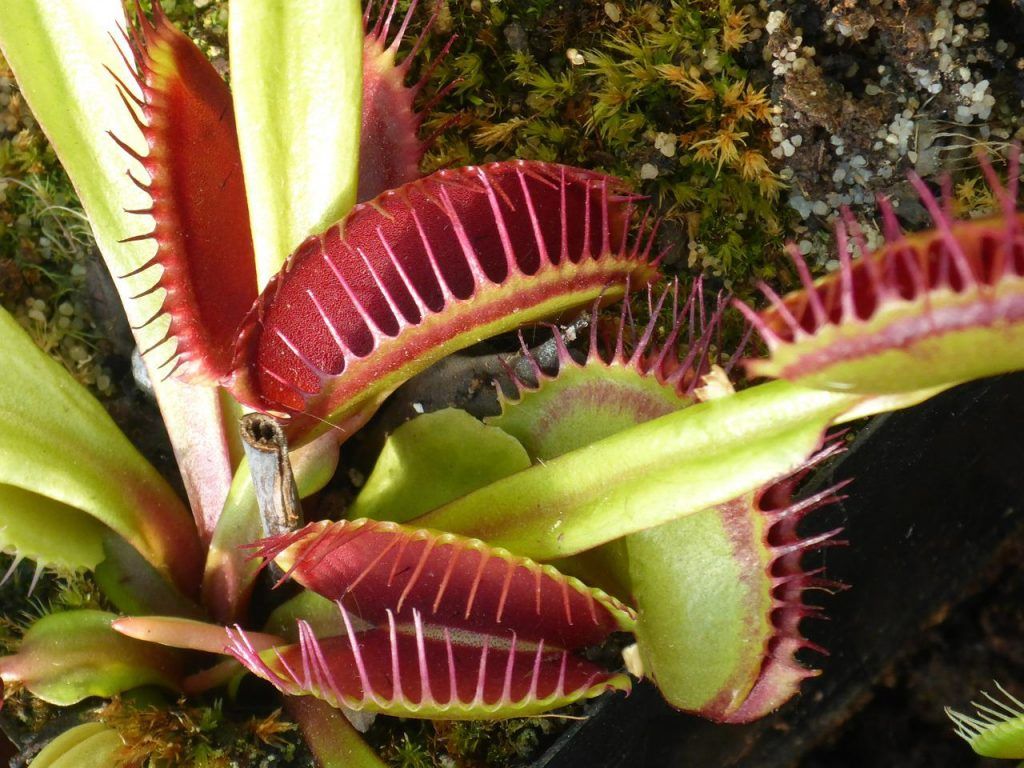
- Scientific name: Dionaea muscipula.
- Common name: Dione fly trap, venus fly trap, dionaea, fly trap, target fly trap.
- Height: It is a small plant that is about 30 centimeters tall or less.
- Light requirement: medium. Being a low species, it receives few direct sunlight in its natural habitat.
- Temperature: Needs mild winters to go into dormancy and stay healthy. If you don’t have it, you could die. It does well in spaces of approximately 10 ° C.
- Irrigation: abundant and frequent, since they are wetland and swamp plants that require high humidity.
- Fertilizer: it is not necessary because they absorb their nutrients from the insects they capture to eat them.
This plant is another of those that are threatened under the «Endangered» label and that is carnivorous, as it is already possible to elucidate by its common name.
It owes its name to the fact that its diet is based on small insects that circulate in its environment, as happens with flies and some other arachnids.
It is possible to grow it indoors, although its life expectancy is approximately 3 years. The reason it is included in this list is that its wildlife habitat is very small and there are few specimens.
Species that are included within the endangered list, regardless of whether they are at the level of greater or lesser concern, must draw our attention.
Although in very specific cases the reasons that accompany this situation are not so closely linked to human actions, it does respond to said intervention in most of them.
Hence, it is essential to maintain their natural habitats in favorable conditions, since many of them are not capable of living in another space. Do you know any other species of plant in danger of extinction that you want to tell us about?
Let us know in the comments.

![Photo of Gardening Care: [Recommendations and Tricks]](https://www.complete-gardening.com/wp-content/uploads/2022/08/gardening-care-recommendations-and-tricks-390x220.jpg)
![Photo of Prune Dipladenias: [Importance, Season, Tools, Considerations and Steps]](https://www.complete-gardening.com/wp-content/uploads/2022/08/prune-dipladenias-importance-season-tools-considerations-and-steps-390x220.jpg)
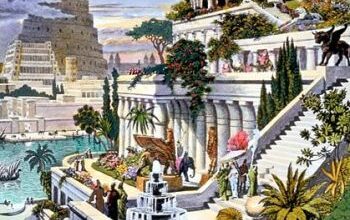
![Photo of Blue Flowers: [10 Examples, Care, Characteristics]](https://www.complete-gardening.com/wp-content/uploads/2022/08/blue-flowers-10-examples-care-characteristics-390x220.jpg)